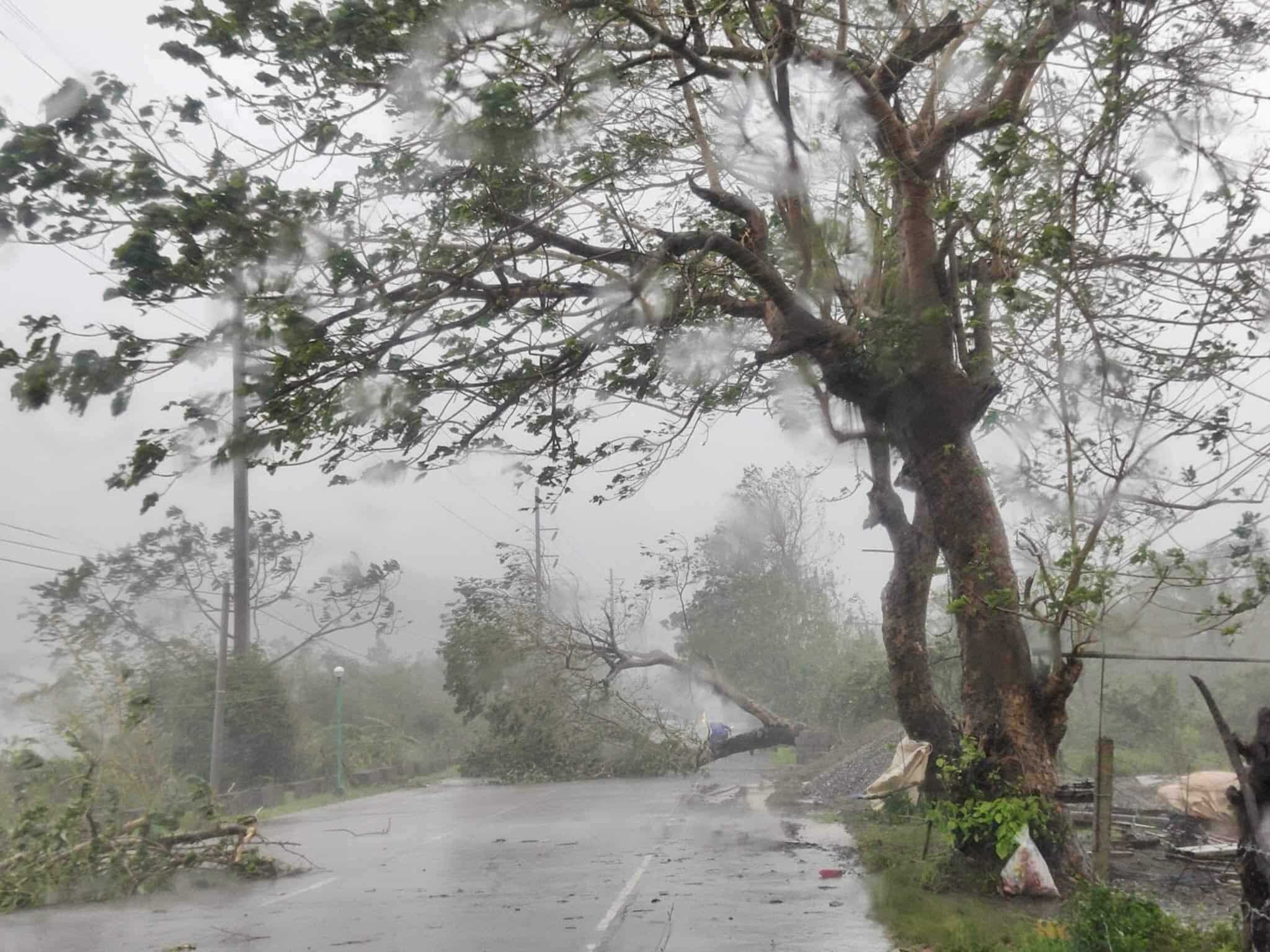NDRRMC urges LGUs to use geohazard maps in disaster risk reduction plan

IMPASSABLE. Fallen trees block the national highway of Casambalangan in Santa Ana, Cagayan, rendering it impassable starting Thursday, Nov. 7. PHOTO COURTESY OF ALYSSA LIQUIGAN
MANILA, Philippines —The National Disaster Risk Reduction and Management Council (NDRRMC) called on the local government units (LGUs) to utilize the use of the government’s geohazard maps to pinpoint “danger zones” and mitigate the impact of natural disasters.
Undersecretary Ariel Nepomuceno, Civil Defense administrator, said this during a Palace briefing on Friday, in the wake of Typhoon Marce, which entered the Philippine Area of Responsibility last Monday and traversed northern Cagayan on Thursday.
“If their locations had followed those [geohazard] maps, that disaster probably wouldn’t have happened,” Nepomuceno said in a mix of Filipino and English.
READ: Improving disaster response
“That’s why, in a bigger context and moving forward, the LGUs should really look more seriously on these maps,” he added.
According to the Department of Environment and Natural Resources – Mines and Geosciences Bureau, geohazard maps are essential tools in helping communities prepare for natural disasters and mitigate potential risks.
These maps also serve as a valuable resource for LGUs in the development and revision of their Comprehensive Land Use Plans.
Nepomuceno admitted that it is not easy to relocate, but with the help of geohazard maps, LGUs can transfer families and individuals away from the danger areas.
“Let’s admit, relocating isn’t that easy—we all know that—but it has to start sooner, because these storms we’re experiencing are recurring; that’s inevitable,” he said in a mix of Filipino and English.
“This isn’t about blaming anyone, but it’s really an appeal to our local government units,” he added. — Emmanuel John Abris, INQUIRER.net intern